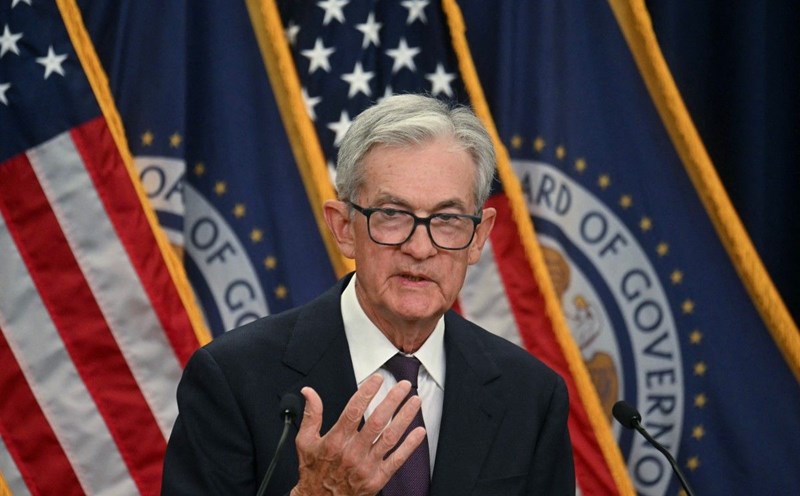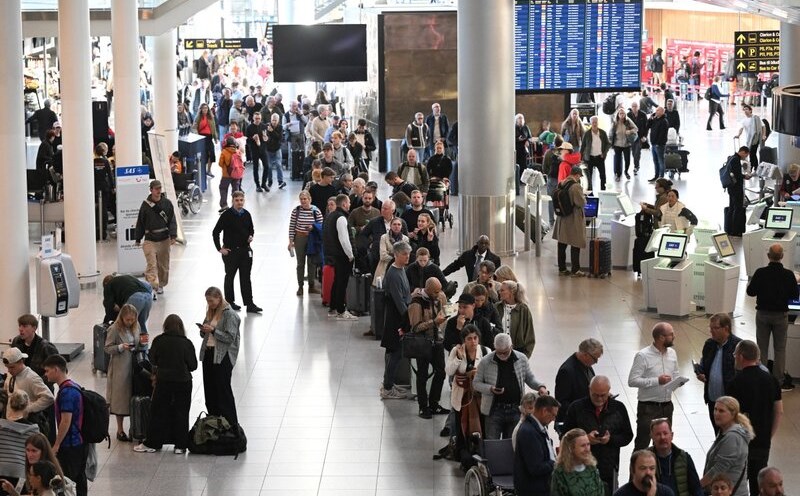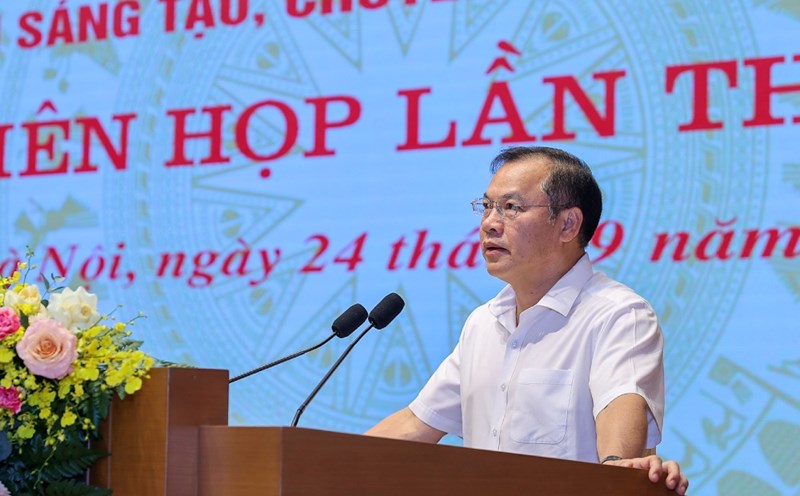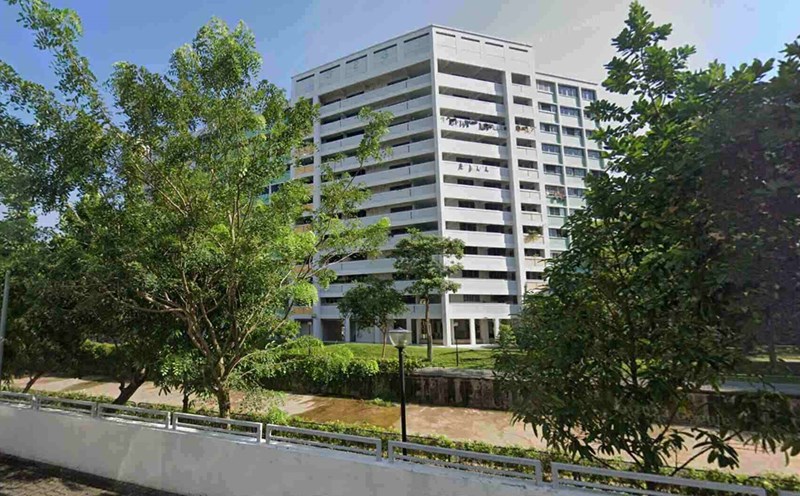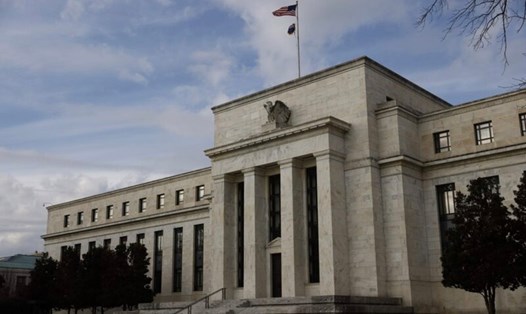On September 23, Fed Chairman Jerome Powell gave a speech emphasizing that the US economy is facing a " fragile balance", when inflation has not cooled down, while the labor market shows signs of weakening.
Mr. Powell said, "inflation risks are leaning up, while employment risks are increasing", forcing the Fed to calculate carefully in lowering interest rates. This message is considered by observers to be a "slowing down" compared to expectations that the Fed will cut sharply to save the job market.
Currently, the US reference interest rate is at 4% - 4.25%, after a 0.25 percentage point decrease last week. This is the first cut since December 2024. Analysts predict the Fed could cut further in October and December, but the pace will be slow and depend on actual data.
The current unemployment rate is 4.3%, higher than the same period last year. The number of new jobs in the last 3 months has only increased to an average of 25,000 jobs/month - lower than the level needed to stabilize the labor market. Many economists warn that if this decline continues, the US is at risk of entering a period of unemployment recession.
However, Mr. Powell affirmed that some other metrics, such as labor participation rate and unemployment benefits, are still Relatively stable. That makes it difficult for the Fed to make quick decisions.
Meanwhile, US inflation remains above the Fed's 2% target. Prices increased partly due to the new tariffs on goods. Mr. Powell warned that if this situation continues, inflation is expected to "educe" the economy, making control more difficult.
Mr. Powell said that keeping interest rates too high would cause unnecessary job losses, but falling too quickly could cause inflation to return.
The Fed is divided internally. Some officials, such as Vice President Michelle bowman, have called for a drastic rate cut to protect jobs. Meanwhile, other leaders, such as Chicago Fed President Austan Goolsbee, warned that a quick cut would send inflation back into full play.
This difference reflects the Fed's difficulties in the context of the US economy facing both political pressure and uncertainty from global trade.
President Donald Trump has repeatedly urged the Fed to cut interest rates faster to boost growth. The White House even pressured some members of the Board of Governors to resign. Analysts say this is a sensitive time, when monetary policy is easily affected by political calculations.
In this context, Mr. Powell affirmed that the Fed is not following a fixed trajectory and is ready to adjust according to the situation. However, the market is still waiting for a clearer signal at the next interest rate policy meeting at the end of October.
Experts say that as soon as upcoming employment or inflation figures deviate from expectations, the Fed could be forced to reverse, causing major fluctuations in the global financial market.


